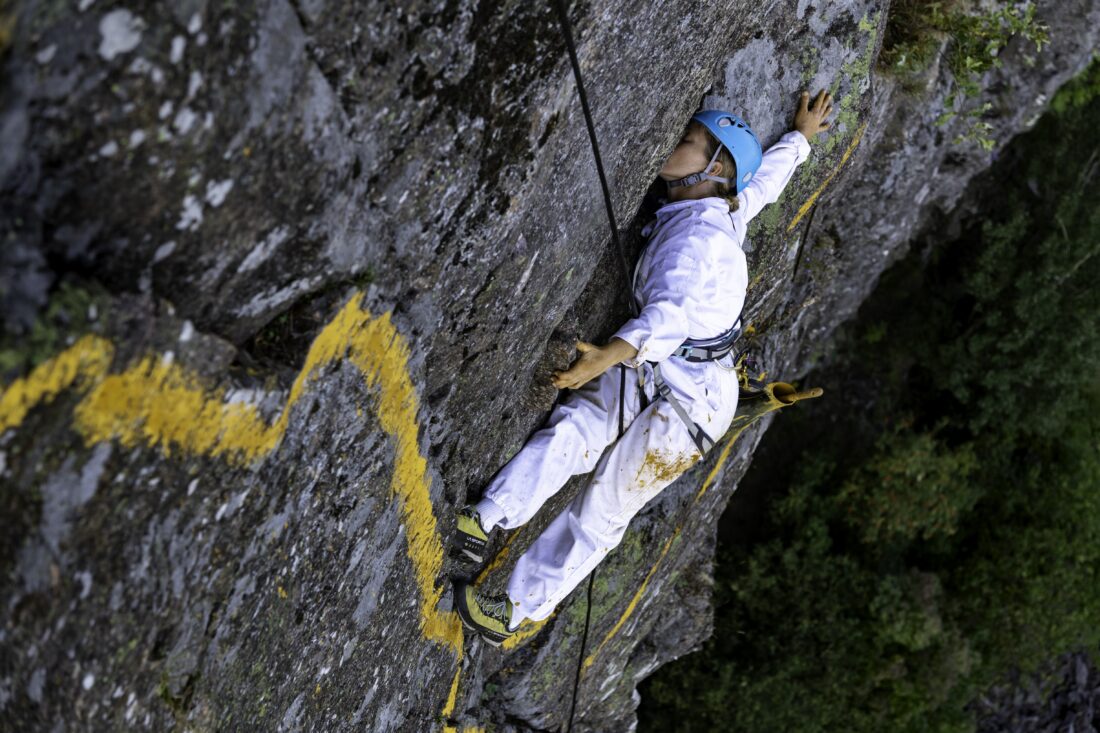Kolsåsstupene
The
Mountain
Body
Kolsåsstupene
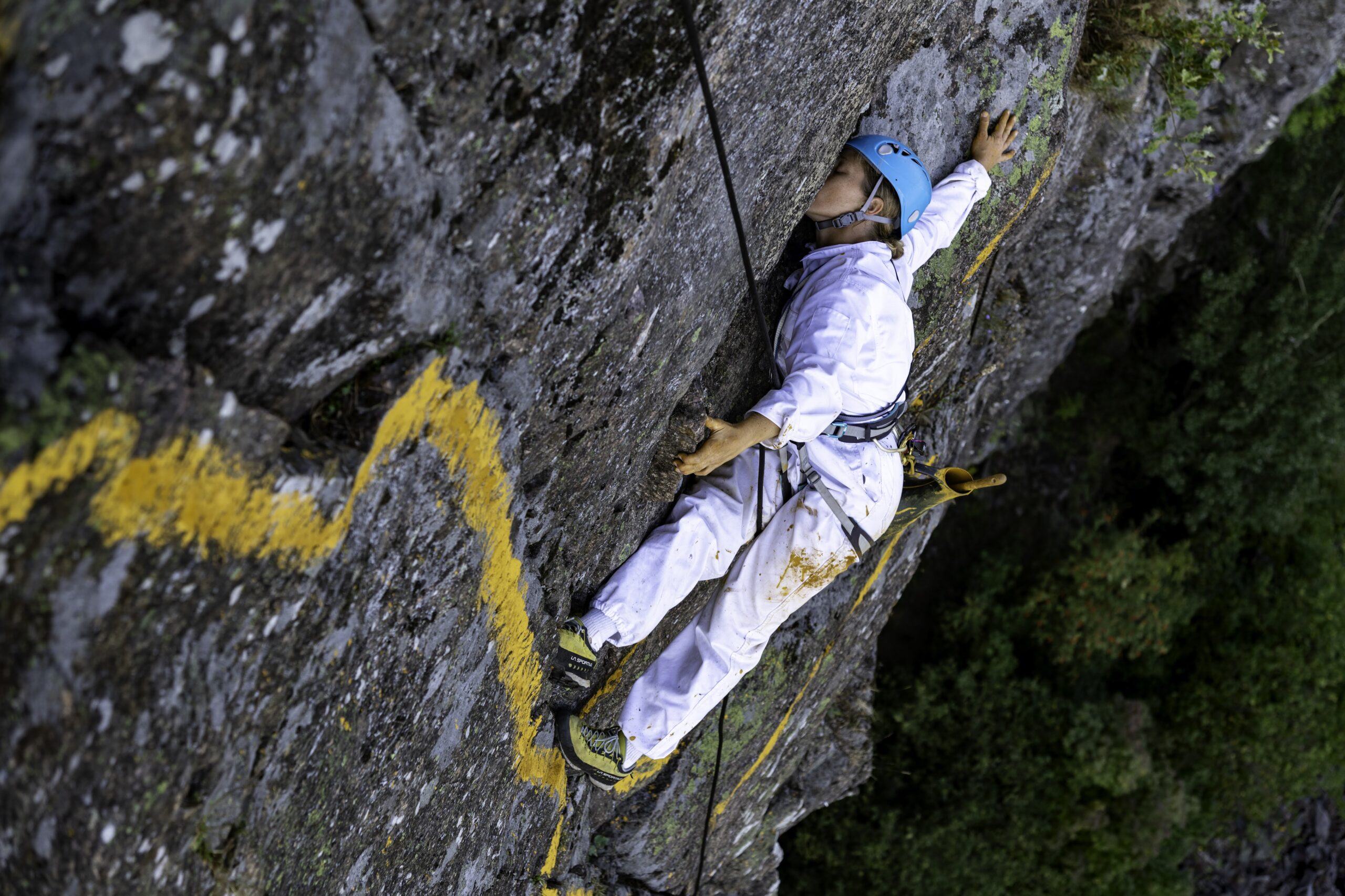
Kolsåsstupene has a rare and complex geological base, with the mountain archive bearing deep time traces of geographical displacement (Oslo was at one time in North Africa), volcanic activity, tropical climate and the ice ages. The large accumulation of the rare ocher-like lava rock rhombic porphyry also puts Kolsås in relation to Antarctica (a still active volcano), Kilimanjaro in Tanzania and North-West Russia.
Since the end of the 19th century, Kolsås has been frequently visited by artists, philosophers, politicians, feminists, environmental activists, mountaineers and climbers; Kolsås was the first training field for climbing in Norway. Kolsås appears in several well-known works by, among others, Kitty Kielland, Claude Monet and Edvard Munch.
Today, Kolsåsstupene is a nature reserve. The Mountain Body promotes an interaction with nature that is gentle, caring and temporary. Mountains and bedrocks can be understood as the spine of the world, as a body in motion. This opens up for reflections on diversity and nature protection – on which we depend – in order to survive.
* The natural pigment used in Kolsåsstupene is an ocher-like soil pigment from a bedrock in geolocical proximity to Kolsåsstupene, but found in Telemark. The pigment is between 8-10,000 years old, about the same time as the first traces of humans were found in the Oslo area.
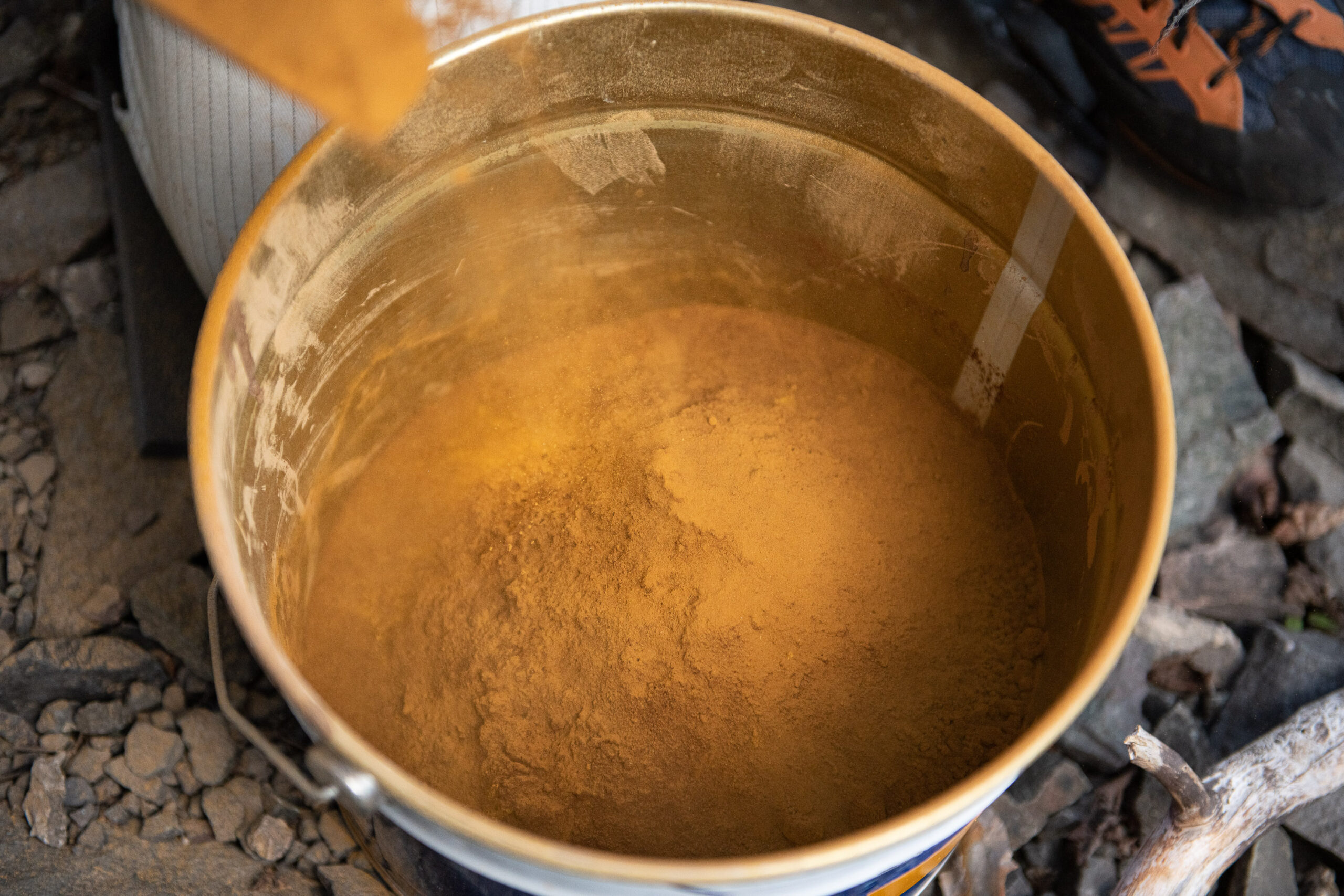
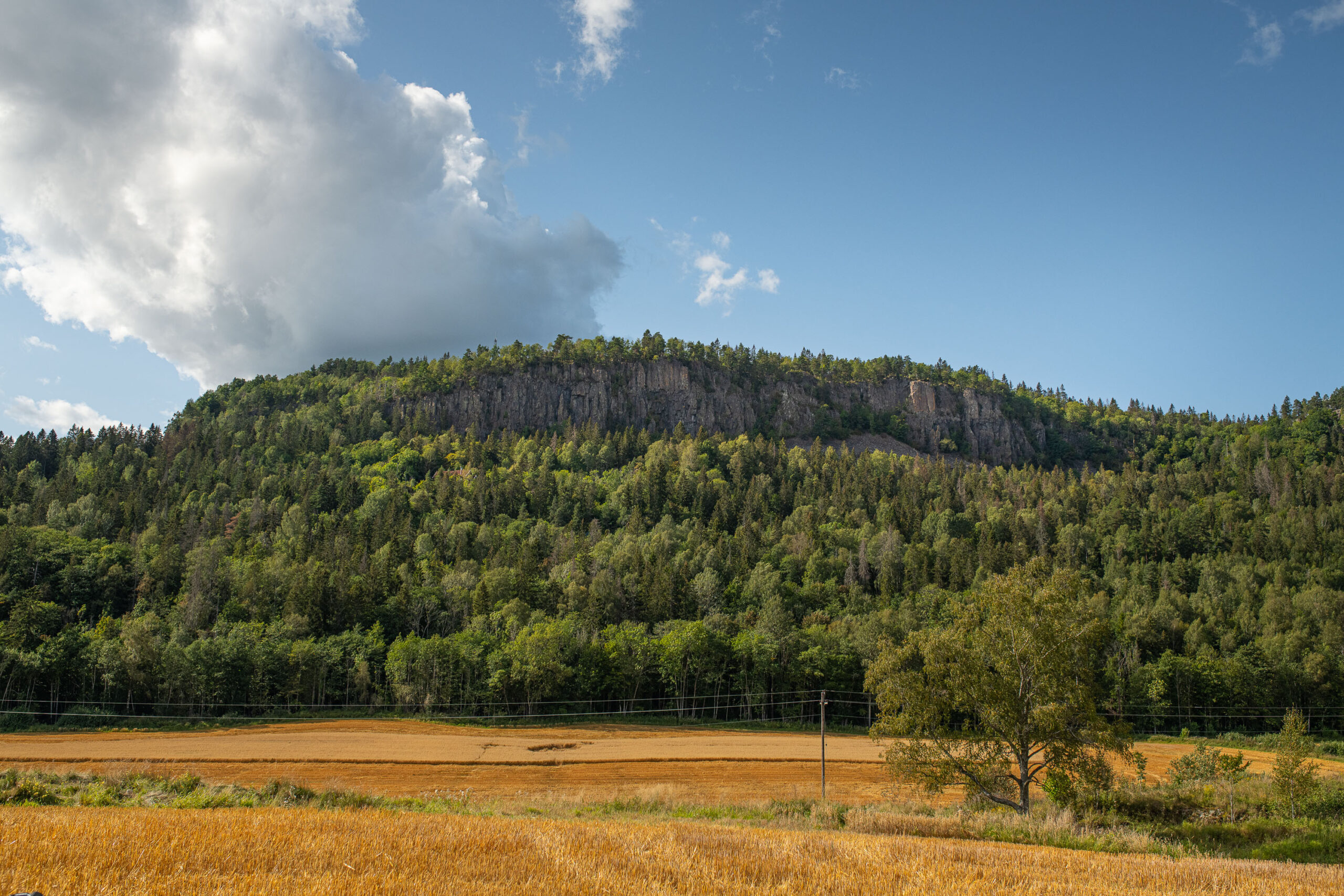
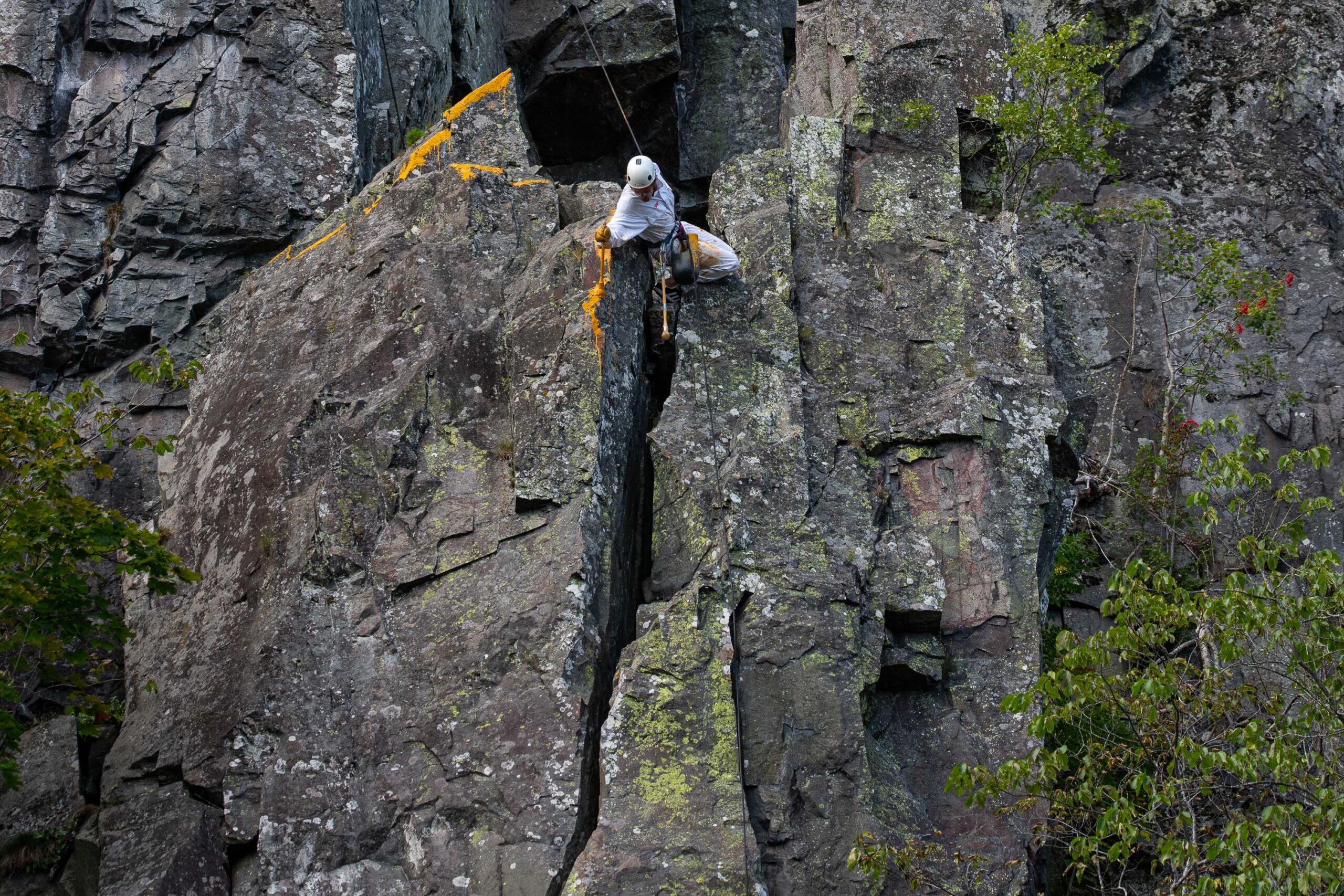
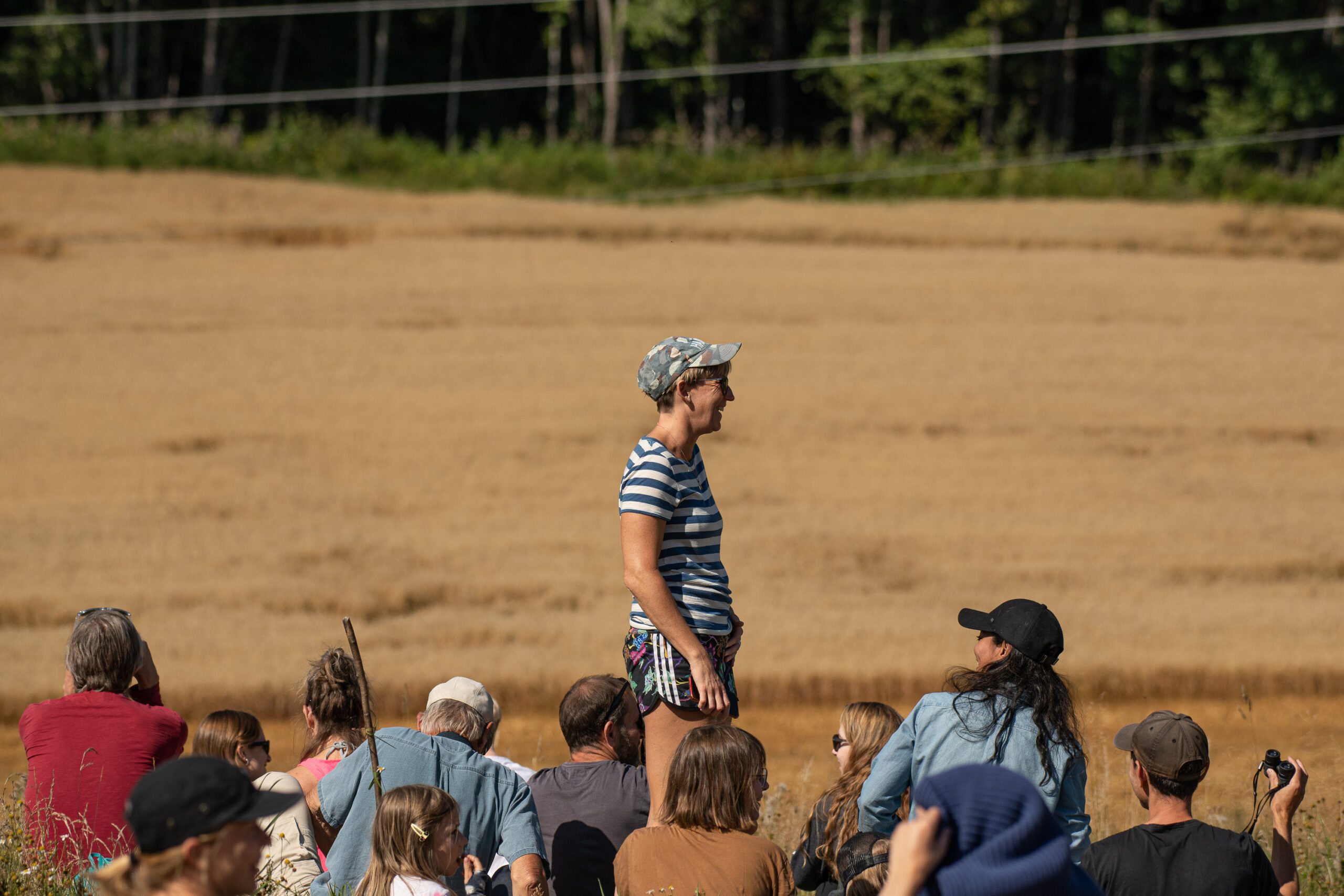
Concept, choreography, local and historical research Helle Siljeholm / Soil pigment: Bent Erik Myrvoll/ Climbers and co-creative performers Pernille Holden, Marianne Kjærsund, Anders Rummelhoff and Sjur Hansteen / Producer: Guro Vrålstad / International producer: Annette Wolfsberger / Access manager and facilitator: Olav Vestlie /Costume: Solveig Fagermo
Co-producer Black Box Theater
Supported by: Arts Council Norway & Bærum Kommune
Thanks to: The State Administrator in Oslo and Viken, Dæli Gård
* After the performance a conversation took place at KIF cabin at Kolsås with senior researcher, author and geologist Henrik Svensen about the geology of Kolsås and researcher Katrine Eldegard about nature conservation management.


